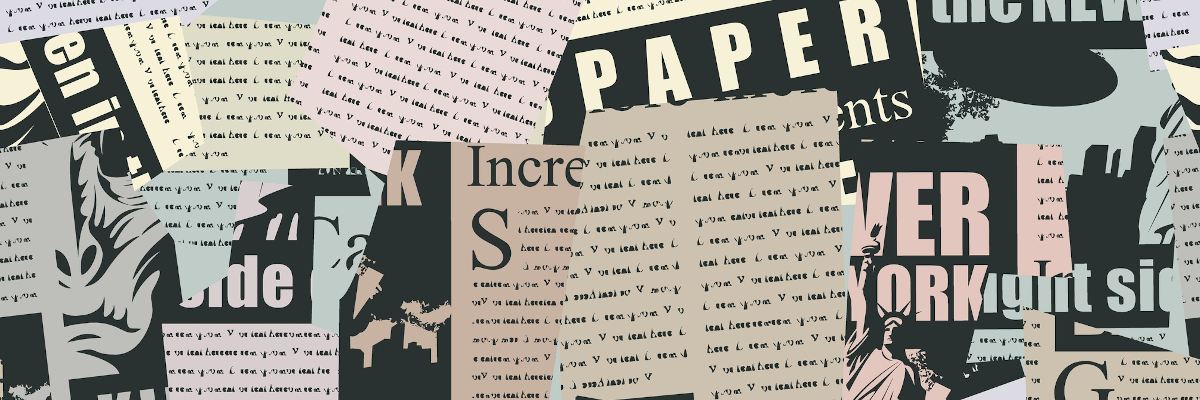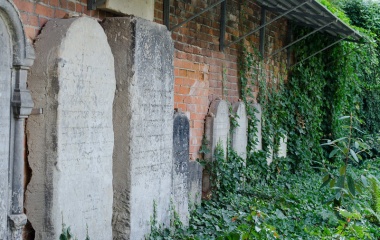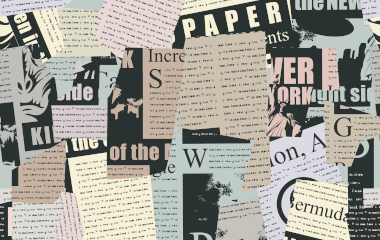
Askenazic Jewry begins as Jews settle along the Rhine river in the middle decades of the tenth century. While individual Jews may have arrived in earlier years it is only in the 10th century when the first communities are established.
It is Rabbeinu Gershom of Mainz who puts Askenaz on the map. Biographically we know little of him and his fame today rests primarily with the takkanot he established, the most famous being the prohibition of polygamy. But his even greater importance lay in the Torah community that he spearheaded in Mainz and throughout Germany. It is not by chance that he is known as Rabbeinu Gershom Maor Hagolah, the light of the exile. His cherem, ban of excommunication, on reading the private letters of others has much application in the internet age.
Takkanot are laws established for the betterment of society - Talmudic examples include a purzbul or not overpaying to redeem hostages. Adding a cherem adds a curse that one who violates the takkanah should drop dead, and if he does so under the ban of cherem burial rites were to be denied and mourning was not to be observed. What a cherem often did was take an existing law and give it additional teeth.
It was the development of Germany as a major centre of learning that brought Rashi from France to Germany. His teachers were the students of Rabbeinu Gershom, most notably Rav Yaakov ben Yakar. One can still see the tombstones of Rav Yaakov and Rabbeinu Gershom in the ancient cemetery of Mainz.
Mainz was a major economic centre, probably the reason Jews settled there in the first place. It is today probably most famous as the birthplace of Johannes Gutenberg and place where printing first began. Over a period of three years - the time it took to copy a Bible (both the Old Testament and the Gospels) by hand - Gutenberg printed 180 Bibles of which 47 still survive, three of which are on display in the Gutenberg museum. Interestingly this is the only book he ever printed. He was not a religious man but understood that was where he could make the most money. Capitalism at work. Yet Gutenberg could not pay back the money he had borrowed and his business assets were taken over by his creditors. Capitalism at work once again.
The modern invention of printing was most likely the most important invention since the wheel. So important in fact that the Tiferet Yisrael, who served as a Rabbi in Germany in the 19th century, in his commentary to the Mishna lists Gutenberg as one of the chaseidei omot haalom for his role in inventing the printing press.
But as with all innovations - especially radical ones - there are those who fear change. We visited Friedberg which has the oldest mikvah in Europe. In the 16th century Rav Chaim ben Bezalel served as the rabbi. Today he is most famous as the brother of the Maharal of Prague but he was an outstanding Torah scholar in his own right. He was horrified by the impact on the printing press. With the democratization of knowledge no longer would people need teachers. Furthermore he worried that the printing press would destroy the mesorah, traditions of Askenazic Jewry. By having the great rabbinic works of other communities, with differing customs and even applications of the law, people would no longer feel bound by their local minhagim destroying the fabric of Ashkenazic life. Imagine what he might have said about the Internet![1]
Mainz was also home to Rav Yaakov Moelin known in rabbinic literature as the Maharil. He is the father of Askenazic practice codifying German practice in his Sefer HaMaharil. His rulings are quoted on almost every page of the Shulchan Aruch by the RaMah, the "final arbiter" of Askenazic practice. (We wrote about the Ramah last year here as our Journey Through Jewish History took us to Krakow.) One of his best known rulings is quoted in the laws of Rosh Hashannah that the chazzan must not change the traditional niggunim sung in shul. It is the Maharil who ruled that we should place our mezuzot on an angle, a compromise between Rashi and Tosafot who debate whether a mezuzah should be placed vertically or horizontally. The Maharil died in 1427 and for reasons not clear is buried in Worms.
The most powerful prayer of the Ashkenazic Rosh Hashanah liturgy Unetenah Tokef is famously attributed to Rav Amnon of Mainz of the 11th century. The story is first recorded some two hundred years later by the Or Zaruh, Rav Yitzchak ben Moshe of Vienna.
The Archbishop of Mainz continually pressured Rav Amnon to convert to Christianity. One time as a delaying tactic, he requested three days to consider the offer and promised to return at that time. He then felt that he had sinned terribly by giving the impression that he might convert. After spending the three days in prayer and fasting, he refused to come to the archbishop as promised, and when forcibly brought to the archbishop's palace, he asked that his tongue be cut out for speaking inappropriately. Instead, the archbishop ordered his hands and legs amputated, limb by limb. At each amputation, Rabbi Amnon was again given the opportunity to convert, which he refused. As he lay dying, Rabbi Amnon asked to be carried to shul where with his dying words he recited Unetanneh Tokef. Three days later, he appeared in a dream to Rabbi Kalonymus ben Meshullam of Mainz,teaching him the prayer which then became a central feature of the Yamim Noraim liturgy.
Modern scholarship has demonstrated that this is little more than a tragic, yet beautiful legend. We have no other record of a Rav Amnon of Mainz. Even the name Amnon raises suspicion as that is not a typical name given to a Jewish baby. That in itself does not prove this to be a legend but the fact that Unetanah Tokef prayer was found in the early layers of the Cairo Genizah going back to at least the 7th century demonstrates its antiquity.
Most likely this story - which may have been well known much earlier than the Or Zarua and only recorded by him - was created to given strength and support to the Jews of the Rhineland who were often forced to choose between Christianity or death, most notably during the Crusades during the "time" of Rav Amnon. The vast majority of them chose martyrdom and such "legends" offered some solace. Amnon may very well be related to emunah expressing the great faith of the Jews of Ashkenaz. Sadly one of those who did convert to Christianity was the son of Rabbeinu Gershom.
Mainz today contains a beautiful synagogue that can easily seat a few hundred people. Build in 2010 it sits on the site of the ancient shul destroyed by the Nazis. Its modern architectural design shapes the shul so that from the outside it spells the word kedusha. On the doors of the shul aptly sculptured are the words Maor HaGolah Beit Knesset Magenze. You can see pictures of the shul here .
In more modern times Mainz was the home of Rabbi Marcus Lehman whose haggadah I greatly enjoyed reading many years ago. One of the most important rabbis of 19th century Germany - though less well known today - he is the founder of the Israelit, the first Orthodox periodical establishing a new genre of rabbinic literature. He was a prolific author of short stories focusing on Jewish themes his most famous being Akiva, a biography of the great rabbinic sage combining Talmudic sources with literary license.
[1] It is not that his concerns lack validity but that the positive is so much greater and like it or not there is no turning back. We can gain perspective from the approach of the Chafetz Chaim who looked for moral lessons from every invention. For example the phone teaches what is said over here is heard over there and the locomotive that if you come one minute late you may end up waiting a day.


